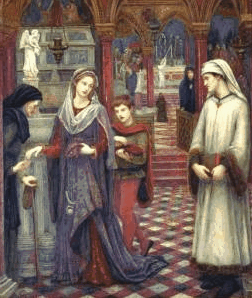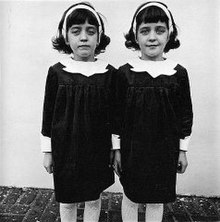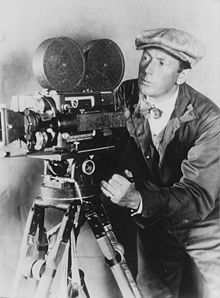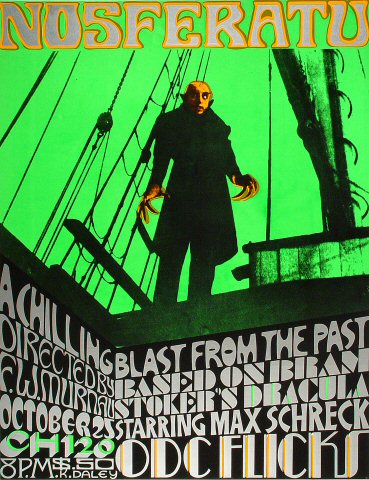
I hope that this photo stays on this blog! It's from the 1985 movie Smooth Talk that is based on "Where Are You Going, Where Have You Been?" with Laura Dern and
Treat Williams. Here is a clip from the film:
And the review is here:
I'll start with a bit about orality. Orality refers to characteristics of a culture before writing is invented. Some characteristics are stories that begin in medias res (the middle of things), a reliance on episodes rather than a narrative arc, a reliance on externals and action rather than on interiority, performance, improvisation, and key words like "wine dark sea" and "dawn's rosy fingers." Relevant figures are Milman Parry (researcher) and Father Walter J. Ong (theorist).
These terms are relevant to fiction:
short story
novella -- 50 to 100 pp.
novel -- over 100 pp.
graphic fiction
genre fiction
plot--
plot vs. story
narrative arc
flashback
foreshadowing
conflict (person vs. person, person vs. self, person vs. society, person vs. nature)
epiphany
exposition
chronological order
reverse chronological order
character --
round vs. flat (E.M. Forster)
dynamic vs. static
ways of depicting character: telling, showing, saying, thinking
interiority
protagonist
antagonist
minor
point of view
narrator
narrative
3rd person (omniscient, limited, central consciousness)
stream of consciousness
2nd person (Bright Lights, Big City)
1st person (naive, reliable, omniscient)
theme -- an implied thesis statement (subject + predicate) assigned by the reader (not the writer); as a result, a work may have more than one theme!
abstraction and limitations of theme
setting -- includes place, time, circumstance
symbol -- is concrete and meaningful...may be categorized as private, literary, conventional or traditional, cliche, or archetypal
style -- diction, sentence structure, rhythm, voice
irony
tone
motives: act, actor, scene, agency, motives








 This week's readings include the following:
This week's readings include the following:


 Above is a picture from a 2010 production of The Dumb Waiter at Chicago's TUTA Theater. Below is a link to a review of this production:
Above is a picture from a 2010 production of The Dumb Waiter at Chicago's TUTA Theater. Below is a link to a review of this production: 

















 On to the terms and links!
On to the terms and links!







